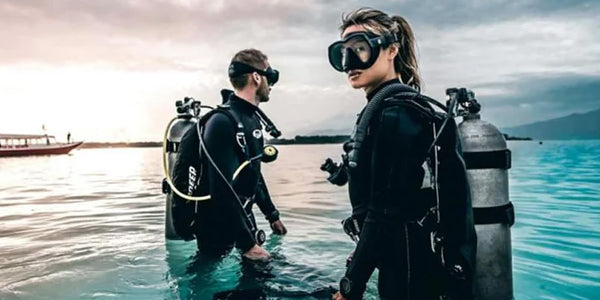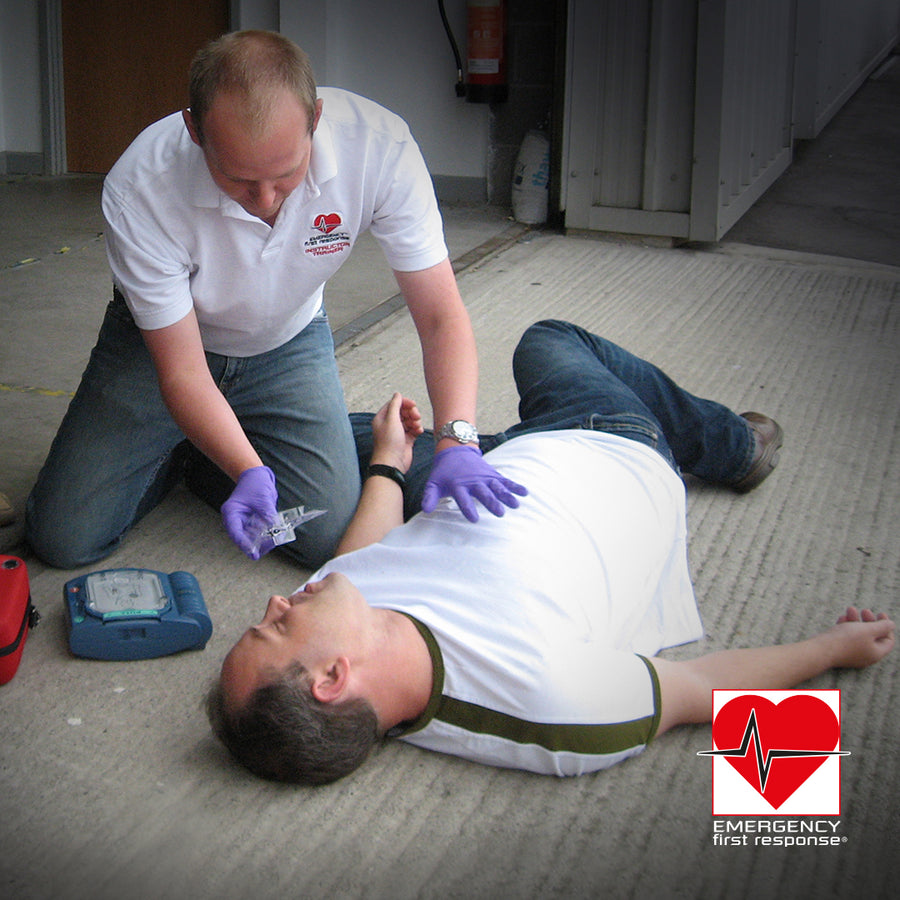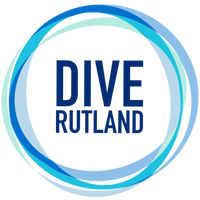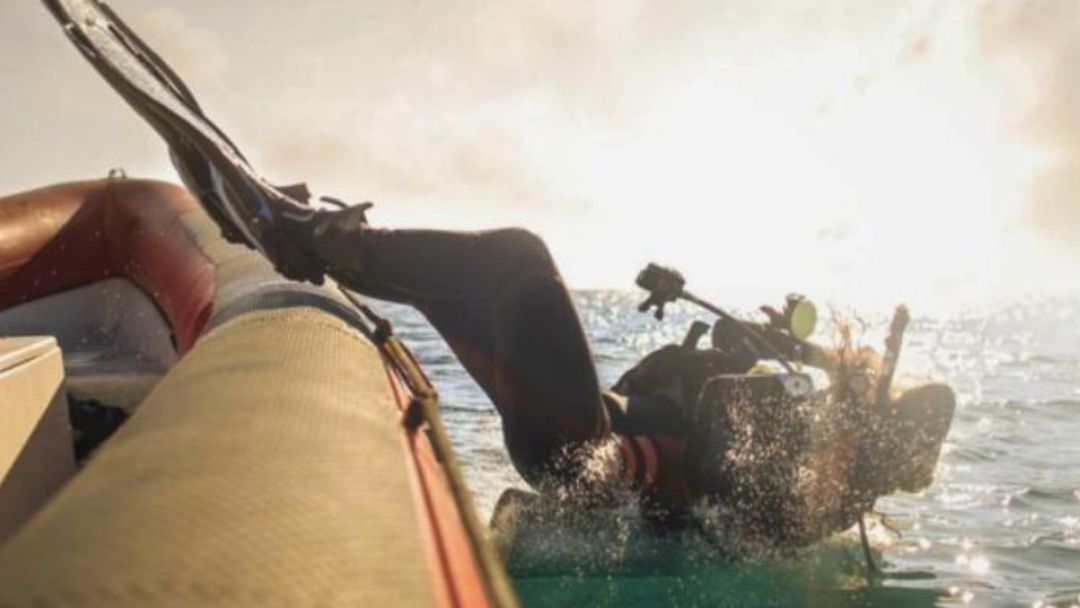Choosing a Dive Computer
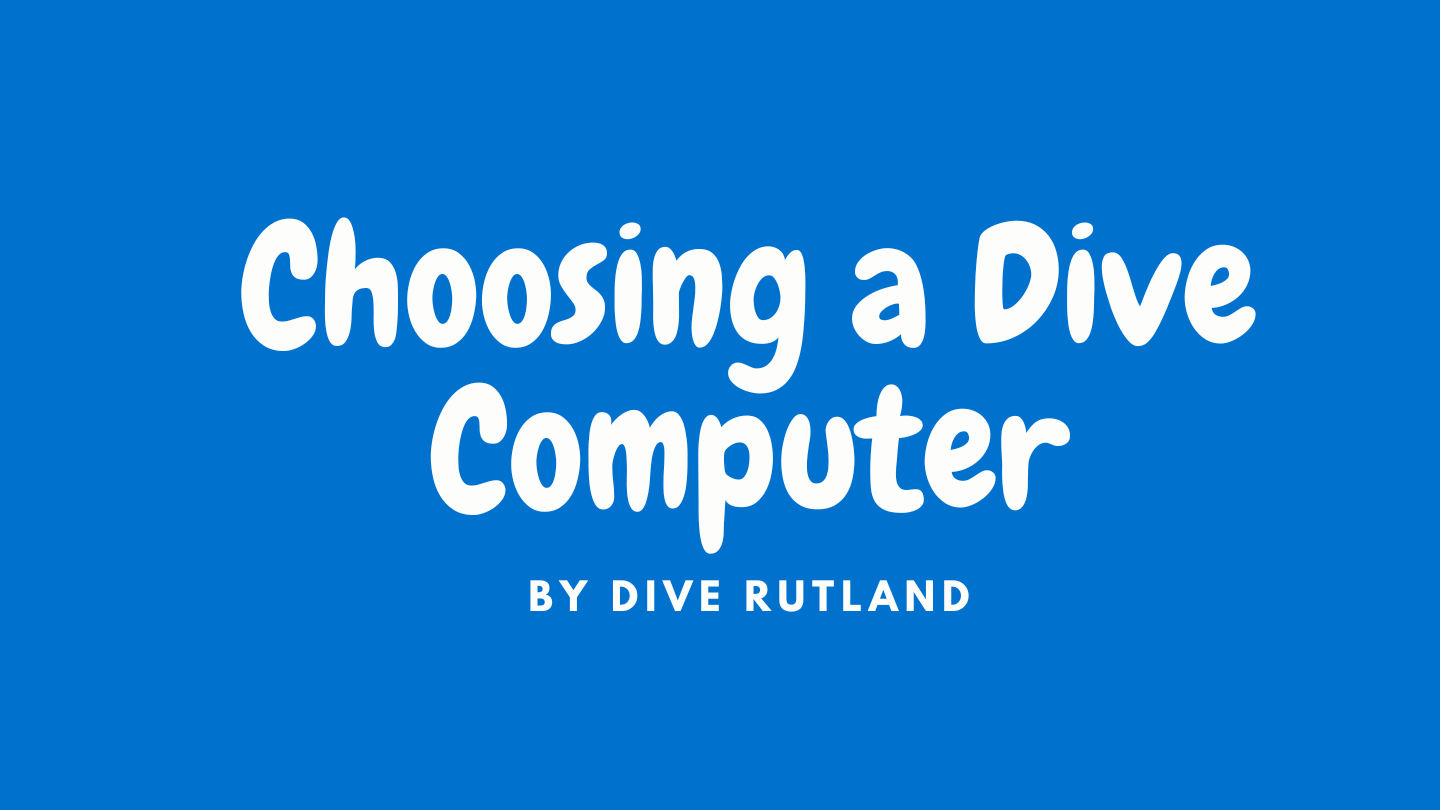
Choosing a Dive Computer
A dive computer allows divers to extend their time and safety while in the water. After your mask and snorkel, your dive computer should be one of the first things you buy.
Since back in the 1980’s dive computers have been revolutionising the way that we dive. Before the dive computer came along you would calculate your dive time based on the maximum depth you were diving to using dive tables. The dive computer changed this significantly by being able to calculate your max dive time based on the actual dive allowing multilevel diving.
Modern dive computers update you in real time with how much no decompression time you have left, based on your current depth. Essentially this allows you to remain underwater for longer then using dive tables.
How do Dive Computers work?
Dive computers use a depth sensor and a timer to work out how you absorb gases into your body by using an algorithm. The deeper and longer you stay down the faster you absorb the gases you are breathing. When you ascend during a dive your computer will automatically go into a safety stop, and tell you what depth to stay at and count down your three minutes. Most computers today alarm when you do something against it's safety parameters, like ascend too fast or stay down too long, so you can concentrate more on the dive at hand.
Dive Computer Algorithms
At the heart of every dive computer is an algorithm and there are various different algorithms in use across the various manufacturers.
The algorithms work out your nitrogen loading based on your dive profile but, they won't give the same results as one will be more conservative than others. Because of this if you are diving with a computer different to your buddy you can be waiting around for them to end a safety stop, or forced to ascend because they are reaching their No Decompression Limit (NDL) faster than you are.
Interested in the different Algorithms then have a read of our library Article - Computer Algorithms
Wrist-mount or Console? Air Integration? Multiple Gases? Colour Screen?
As today's computers offer you lots of options, configurations and features, you should start by identifying which designs and features best fit your diving style.
Air and Enriched Air (Nitrox)
Pretty much all dive computers today come with Nitrox algorithms so you can swap between air and nitrox. These computers can be set to different levels of O2%, and some can even handle multiple values during the same dive.
Trimix is the next level by adding Helium to the mix and requires further training before you can dive safely on it. If you’re thinking of progressing to deeper depths, then a trimix computer is a consideration.
Remember you need to be trained to use Enriched Air (Nitrox) or Trimix.
PC MAC and Bluetooth Integration
You may want to consider not only logging your dives in your log book but also on your PC. All major manufacturers now have models that can download your dive data to your PC. This allows you to see your whole dives in profile and provides extra information not normally accessible via the dive computer itself. Some computers are now including the download software, whilst others get you to purchase them separately.
Some computers now include Bluetooth functionality and you can directly upload your dives straight to their app on your phone.
Wrist or Console Mounted
Decide where you want the information displayed.
The fashion in the UK is for wrist mounted computers whereas in other areas console mounted computers are the norm. There are arguments for both systems but here are a couple of points you should consider before deciding which would suit you best:-
Console mounted computers are larger and are attached to your equipment via a hose. This makes them less likely to be mislaid. Console mounted computers use battery power even if only training in the pool, meaning the more you practice, the more you will spend on batteries. A console mounted dive computer is not necessarily an air integrated dive computer but many are. The pressure gauge in your console requires a connection to your cylinder in order to show a pressure reading, but this does not mean that the computer is connected to the air source too.
Wrist mounted computers can be used for other purposes such as free diving.
How Good are your eyes?
While the newest screen displays have improved the readability of computers, for some divers, bigger is still better meaning you will be better with a wrist based 'brick' than a watch style computer.
Multicoloured displays can help highlight info.
Air Integration
With an air integrated dive computer you have another great benefit in that the computer can also calculate your breathing rate, telling you how much time you have left to dive at your current air consumption. This facility also allows the computer to monitor and learn your breathing rates so that if the current is behind you and your breathing slows, the computer can calculate that you absorb less nitrogen and therefore you can remain underwater longer. Air integrated dive computers can either be hosed or hoseless (via a transmitter on the first stage).
Alarms
Which options do you want for personalising your settings? Your choices used to be limited to meters versus feet. Now your options include adjustable safety factors and a choice of audio and visual alarms, deep stops, and depth warnings.
Most dive computers will have visual and audible alarms to warn you when you get close to a limit, such as no stop time approaching, fast ascent etc. You will hear a beeping underwater to tell you to look at your computer and the back light will flash to draw your attention. You can also set your own alarms in most computers too like a dive time alarm that tells you when you’ve been underwater for x amount of time. A cylinder pressure alarm on integrated computers is useful so your computer will tell you when you get low on gas, and NDL alarms tell you when you get close to your no decompression limit.
Colours

Some computers come in an assortment of colours - you are on your own on this one as there is no accounting for taste!
User Changeable Batteries

Modern dive computers are often made with user changeable batteries. However only a few have watertight battery chambers meaning that if you fit the battery wrongly and it floods, the whole computer is ruined. For this reason most divers still return their computers to service centres for battery changes and servicing. Although this is more expensive than doing it yourself, having a recognised service centre, such as us here at Dive Rutland, complete this means it is much less expensive than a new dive computer (if you get it wrong). Here at Dive Rutland when we change batteries as part of the service on watch style computers, a full water pressure test is also completed.
Usage
At the end of the day, the computer is only as good as you use and interpret it. It does not know whether you worked out a few hours before diving and are somewhat dehydrated. It does not know whether you got enough sleep or not. Until then, you have to assess yourself before diving.
Please do not try to trick your dive computer by using more than one at a time. Some divers decide to use more than one dive computer so that on their second dive the new dive computer has no memory of the first dive and thus does not provide the appropriate warnings for a safe dive. It’s plain stupid to do this. Dive computers are designed to keep you safe so do your part and let them do their job!
Conclusion
Remember purchasing a computer is going to be one of the most important and personal purchases you are going to make so, use your local Dive Centre for advise and to purchase and the SSI Computer Course is a great detailed course.
As we say, buy from the internet and you get internet prices and internet service, meaning you are reliant on the manufacturers instructions (which you should read anyway regardless to where you purchase it from!).
If you purchase your computer from us, here at Dive Rutland, we will take you through the setup and best practice usage for you based on your current level of training, handle warranty issues for you and in the future when you have questions, we will continue to support you.
What do you have in stock?
We hold a range of computers in stock - not able to come in just yet have a browse of our computers.

